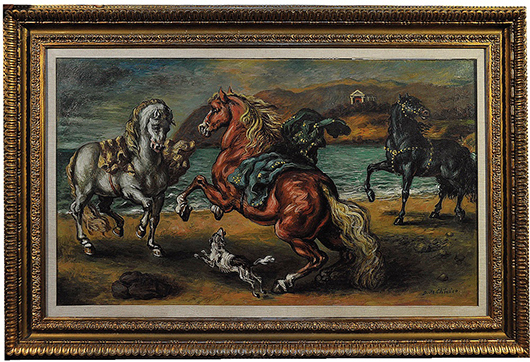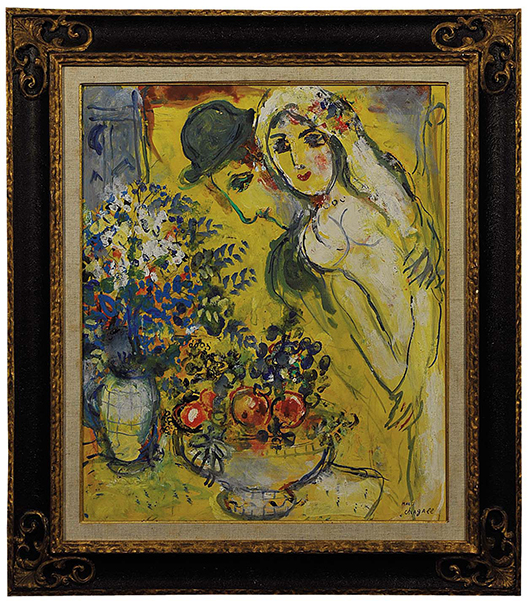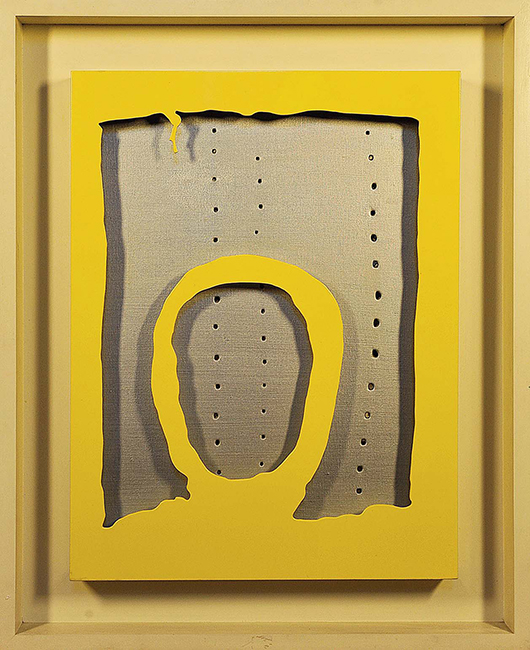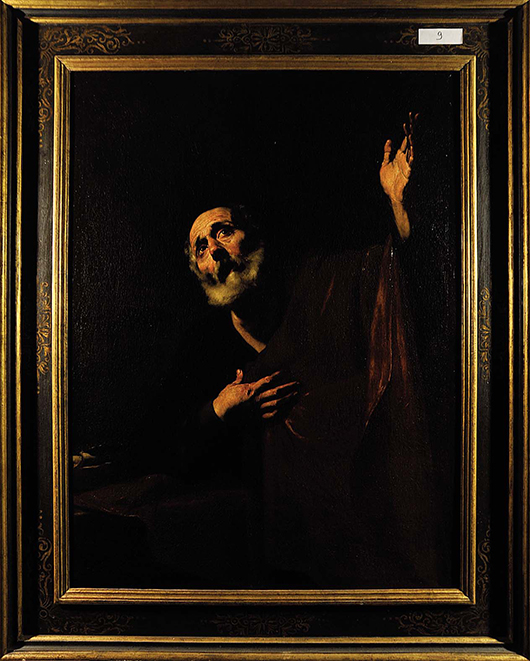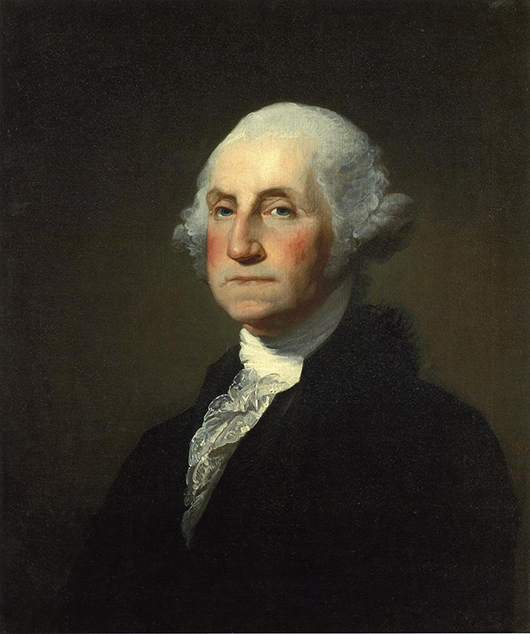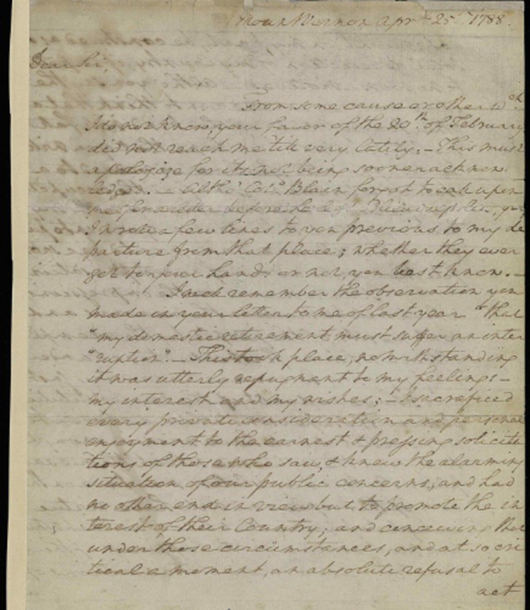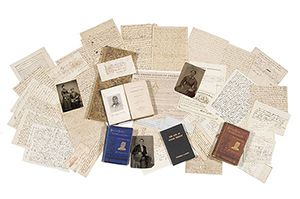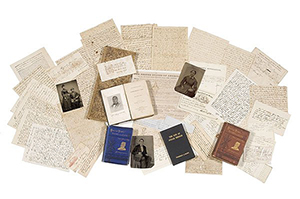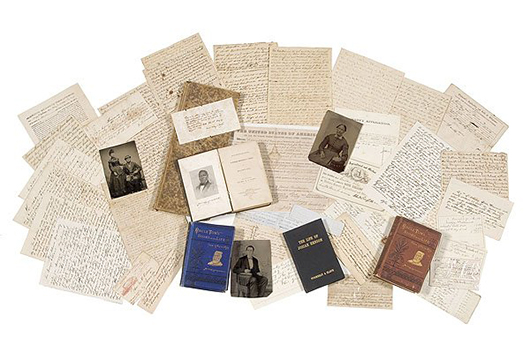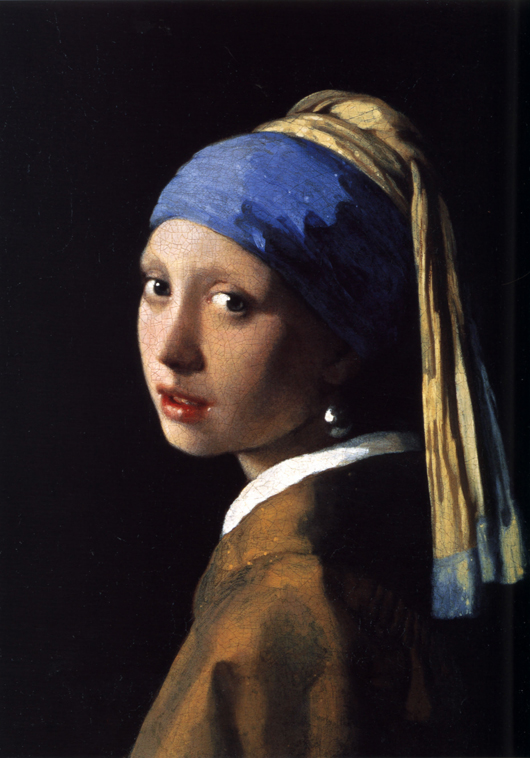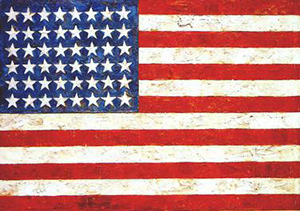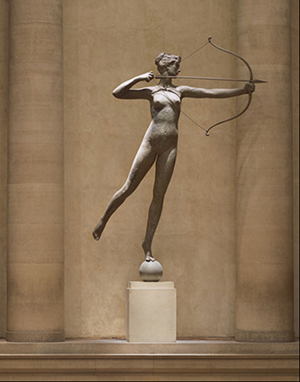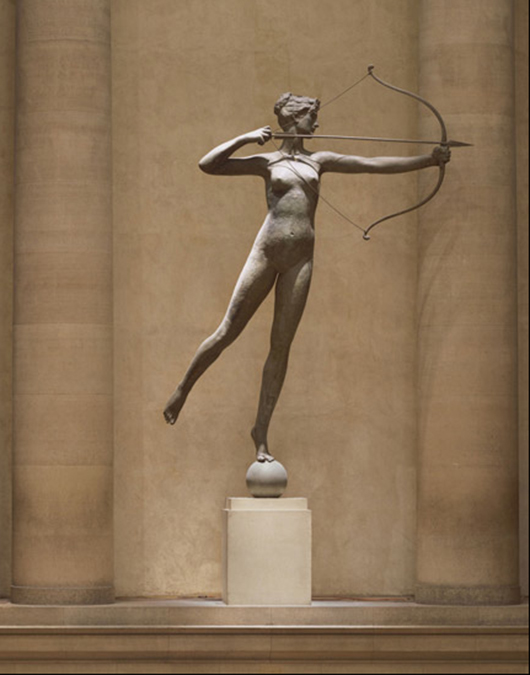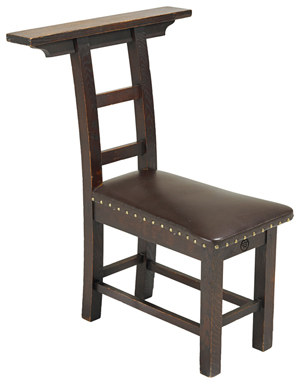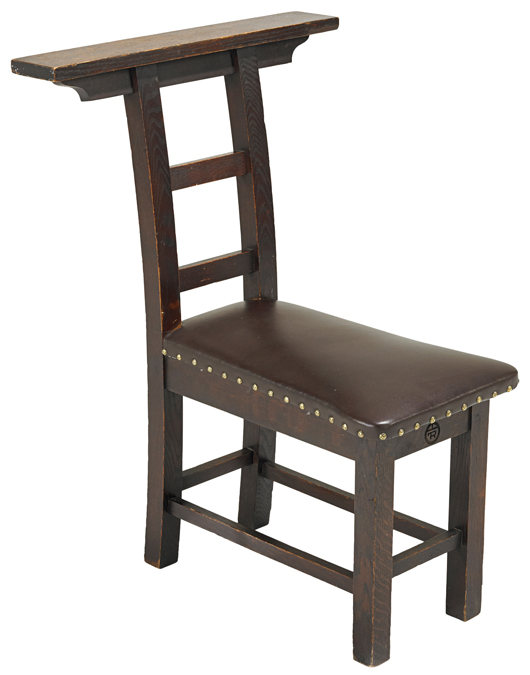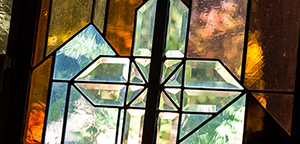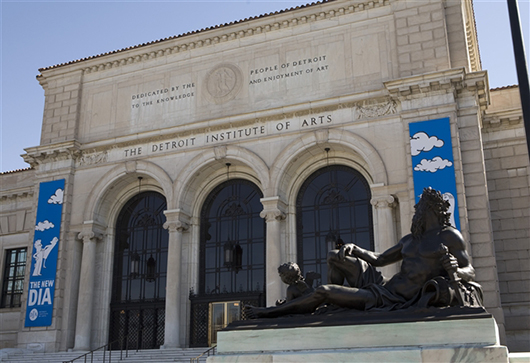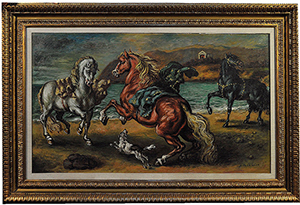
VICENZE, Italia – Un’importante collezione che spazia dalla pittura napoletana del Seicento a Morandi e Fontana, dalle incisioni di Rembrandt e Dürer agli arredi Ancien Régime e Impero, fino ad un raro sarcofago romano. Perfino Federico Zeri – come attestato oggi dalla fototeca dell’omonima Fondazione – teneva traccia di alcuni dipinti della Collezione Angelini di Chieti, attualmente in asta presso Gioielli di Carta per incarico della Autorità Giudiziaria. L’importanza di questo patrimonio – che non ha eguali per dimensione e prestigio nelle vendite fallimentari d’arte degli ultimi 30 anni, dai tempi della prima dismissione delle raccolte di Achille Lauro – ha persuaso la Curatela Fallimentare a realizzare, nonostante notevoli difficoltà logistiche, diverse perizie, una vasta ricognizione fotografica ed una schedatura tecnica presentata attraverso due poderosi cataloghi. Un lavoro che vuole offrirsi anche come modello rispetto ai criteri di trasparenza, così importanti nel diritto fallimentare. Quest’asta sta scatenando l’interesse dei mercanti italiani e internazionali e a maggior ragione quindi si ritiene importante renderla disponibile al pubblico dei privati.
Gli oggetti sono molto diversi per natura e per valore, ma possono essere suddivisi nelle seguenti categorie: dipinti e disegni, incisioni et alia, sculture, mobili, altri arredi e, infine, marmi. A tale elenco vanno aggiunti lotti individuati al termine della procedura di catalogazione ed indicati con la dizione “lotti non catalogati.”
Gli oggetti sono stati sequestrati in più momenti e inventariati dalla Guardia di Finanza. Su questi inventari sono state svolte una prima stima da parte del consulente tecnico del tribunale; una seconda da parte della casa d’aste internazionale Dorotheum; ed infine una revisione delle precedenti stime a cura di Gioielli di Carta, seguita ad una ampia campagna fotografica e alla ricognizione dei beni. La vendita si svolge sulla base delle valutazioni revisionate. È comunque possibile visionare le stime precedenti. L’attuale schedatura si è svolta in tre fasi: campagna fotografica, assunzione dei dati tecnici (materiali, dimensioni) e, infine, studio dei materiali. Le pubblicazioni realizzate per l’occasione contano, nel loro complesso, quasi 2.000 pagine con circa 1.800 illustrazioni.
Nonostante in data 22 aprile i curatori abbiano scoperto un furto di parte dei lotti dalla collezione, in particolare argenti, tappeti e orologi, tali lotti restano attualmente ancora catalogati sul sito www.gioiellidicarta.it allo scopo di facilitarne l’identificazione in caso di circolazione illecita.
Fra i lotti in asta segnaliamo alcuni highlights: per la sezione “Dipinti e disegni”, un San Pietro attribuito a Jusepe De Ribera (1588-1652), olio su tela, 125,5×95,5 cm, stimato €40.000-50.000; un ritratto di gentiluomo della bottega di Tiziano Vecellio (1480/1485-1576), olio su tela, 93,5×73,4 cm, con una stima di €80.000-120.000; il dipinto di Franco Gentilini (1909-1981) “Ragazze nello studio”, 1937, olio su tela, 140,3×100 cm, stimato €50.000-70.000; e poi di Marc Chagall (1887-1985) “Deux personnages”, 1960, olio e gouache su carta intelata, 60×50 cm, stima €400.000-600.000; di Giorgio De Chirico (1888-1978) “Cavalli presso un golfo dell’Egeo”, circa 1930, olio su tela, 68×116 cm, stima € 150.000-200.000 e il disegno “Manichino”, 1917-1918 circa. Di Mario Sironi (1885-1961), una matita grassa su carta vergellata, 20,7×27,4 cm, con stima pari a €1.500-2.500; di Gino Severini (1883 1966) una “Natura morta in bleu”, olio su tavola multistrato, 50,4×61,2 cm. stima €20.000-40.000; di Lucio Fontana (1899-1968) un “Concetto Spaziale Teatrino”, 1965, olio su tela forata e legno laccato, 72,6×56 cm, con stima €100.000-150.000.
Nella sezione “Incisioni” troviamo “La battaglia degli dei marini (parte destra)”, 1485-1488, di Andrea Mantegna (1431-1506), bulino su carta, 26,2×39,4 cm, stima €3.000-5.000; di Albrecht Dürer (1471-1528) Adamo ed Eva, 1504, bulino su carta, 24,4×18,8 cm, stima €30.000-50.000; di Rembrandt Harmenszoon Van Rijn (1606-1669), “Paesaggio con casa contadina e grande albero”, 1641, acquaforte su carta, 12,4×31,6 cm, stima €10.000-20.000.
Per la sezione “Mobili” spicca un tavolo placcato “boulle” in stile Luigi XV di Produzione francese, XIX secolo, legno ebanizzato, placcato in bronzo e tartaruga alla maniera di André Charles Boulle (1642–1732), 70x69x52 cm. Stima €3.000-5.000; un letto barocco a due piazze con importante apparato decorativo, proveniente dall’Italia centrale (Bologna?), XVII secolo, legno di noce, 164x158x229 cm, stima €5.000-8.000.
Infine nella sezione “Marmi” è presente un sarcofago romano di ipotizzabile produzione siciliana, III-IV secolo, marmo, piombo, 80x210x60 cm circa, con stima di €30.000-40.000.
Calendario d’asta
Dal 4 maggio 2013 è aperta la procedura di Vendita al doppio della stima minima
13 settembre 2013 inizio ricezione delle offerte per l’asta ordinaria
18 ottobre 2013 Asta di dipinti e disegni, incisioni et alia, sculture
25 ottobre 2013 Asta mobili, tappeti, altri arredi, marmi, beni non catalogati
Esposizione
dal 29 giugno 2013 a Vicenza, Centro Orafo Voice of Gold
Via Vecchia Ferriera, 70. Accesso su appuntamento
# # #
ADDITIONAL IMAGES OF NOTE
